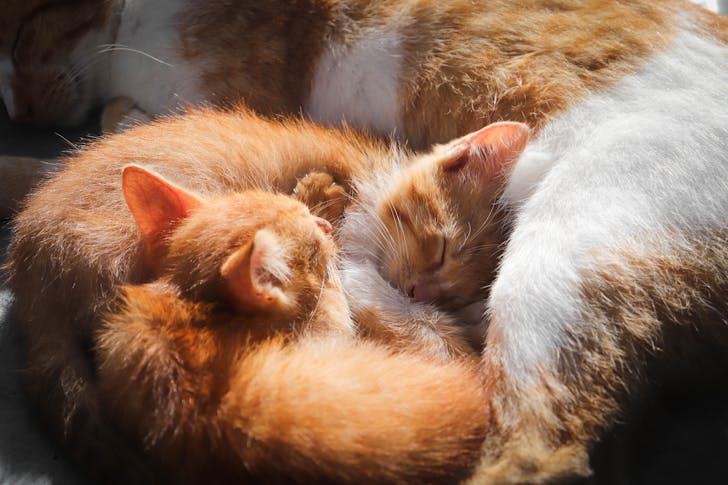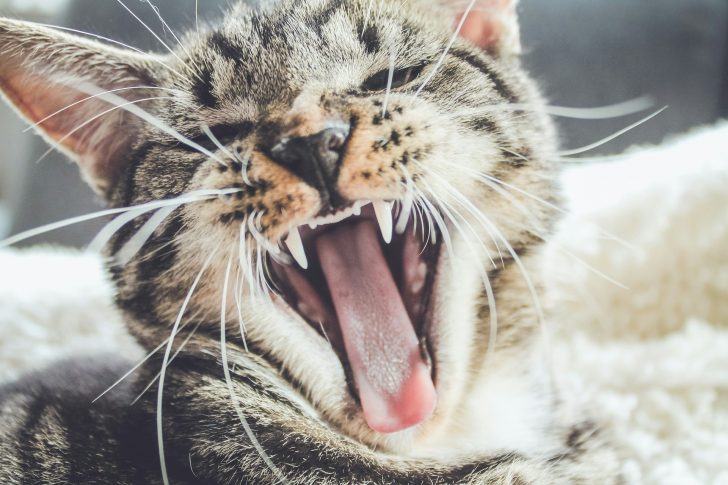Cats, those enigmatic companions who grace our homes with their presence, have a way of constantly surprising us. There's always something new to learn, from their quirky behaviors to their complex biology. Here are fascinating fun facts about cats that you need to know.
10 Fun Facts About Cats
1. Only 20% of Orange Cats Are Female
Diving into the genetics of cat colors reveals why so few orange cats are female. It's all about the chromosomes: females have two Xs, and males have an XY. The gene for orange color resides on the X chromosome. For a male, one orange gene makes him orange. However, a female needs two orange genes to be orange, making the occurrence rarer. Orange female cats are indeed members of an elite club, given the estimated 2-5% of all orange cats.
2. Cats Have Fewer Taste Buds Than Dogs or People
While we savor a wide range of flavors, cats operate with around 473 taste buds, significantly less than dogs or humans. This limited taste range doesn't bother cats, though. As obligate carnivores, their menu is strictly meat, and their taste buds are perfectly adapted to their diet, lacking only the ability to taste sweets.
3. Many Cats Get the Zoomies After Using the Litter Box
The post-litter box sprint, or "zoomies," might seem odd, but it's fairly common. Whether it's a victory lap or a reaction to discomfort, it's a behavior worth noting. While often harmless, it can sometimes indicate health issues, so keep an eye on any unusual bathroom habits.
4. Cat Whiskers Are as Sensitive as Human Fingertips
A cat's whiskers are remarkable sensory tools, offering guidance and spatial awareness with their deep roots and sensitivity. These facial features are not just for show; they're crucial for navigation, helping cats precisely understand their environment.
5. Cats Don’t Get Cavities
Cats might be immune to cavities, but dental disease is another story, affecting up to 90% of felines over four years old. Their pointed teeth spare them from human-like cavities but not from other painful conditions. Regular dental care, including brushing and vet visits, is crucial for keeping their mouths healthy.
6. Cats are Nearsighted but See Great in the Dark
Despite being nearsighted, cats are incredible when it comes to night vision. Their eyes are equipped with rods and a tapetum, which brighten their world in low light. This makes them adept hunters after dusk, even if they can't see the fine details of objects close up during the day.
7. Cats Have the Same Number of Brain Cells in Their Cerebral Cortex as Brown Bears
The comparison between cats and brown bears might seem unlikely, yet they share a similar number of brain cells in their cerebral cortex. This fact puts into perspective cats' intelligence and sensory processing capabilities, though they might not measure up to humans in this regard.
8. Cats Use Dewclaws To Help Them Grip
The often overlooked dewclaw plays a significant role in a cat's ability to climb and grasp. Acting similarly to a thumb, it aids in their agility and hunting prowess. Proper care is essential to prevent overgrowth and ensure these natural tools remain sharp and functional.
9. That Adorable Paunch on a Cat’s Belly Is Also Found in Lions and Tigers
The belly pouch seen on many cats is not exclusive to our domestic friends but is a feature shared with their wild relatives. Its purpose is debated, ranging from protection during fights to aiding in high-speed chases. Distinguishing between a healthy pouch and one signifying obesity is vital for your cat's health.
10. Cats That Scratch Furniture Are Often Marking Their Territory
Scratching isn't just a means for cats to sharpen their claws; it's also a way of claiming territory. Through scent glands in their feet and visual marks, cats communicate "This is mine" in a way that's unmistakably feline. Understanding this behavior can help find ways to manage it without discouraging their instincts.
Conclusion
Cats are complex creatures, full of surprises and endearing quirks. These fun facts about cats only scratch the surface of what makes our feline friends so fascinating. By understanding them better, we can appreciate the depth of their personalities and the subtleties of their behaviors, strengthening the bond we share with these remarkable animals.







